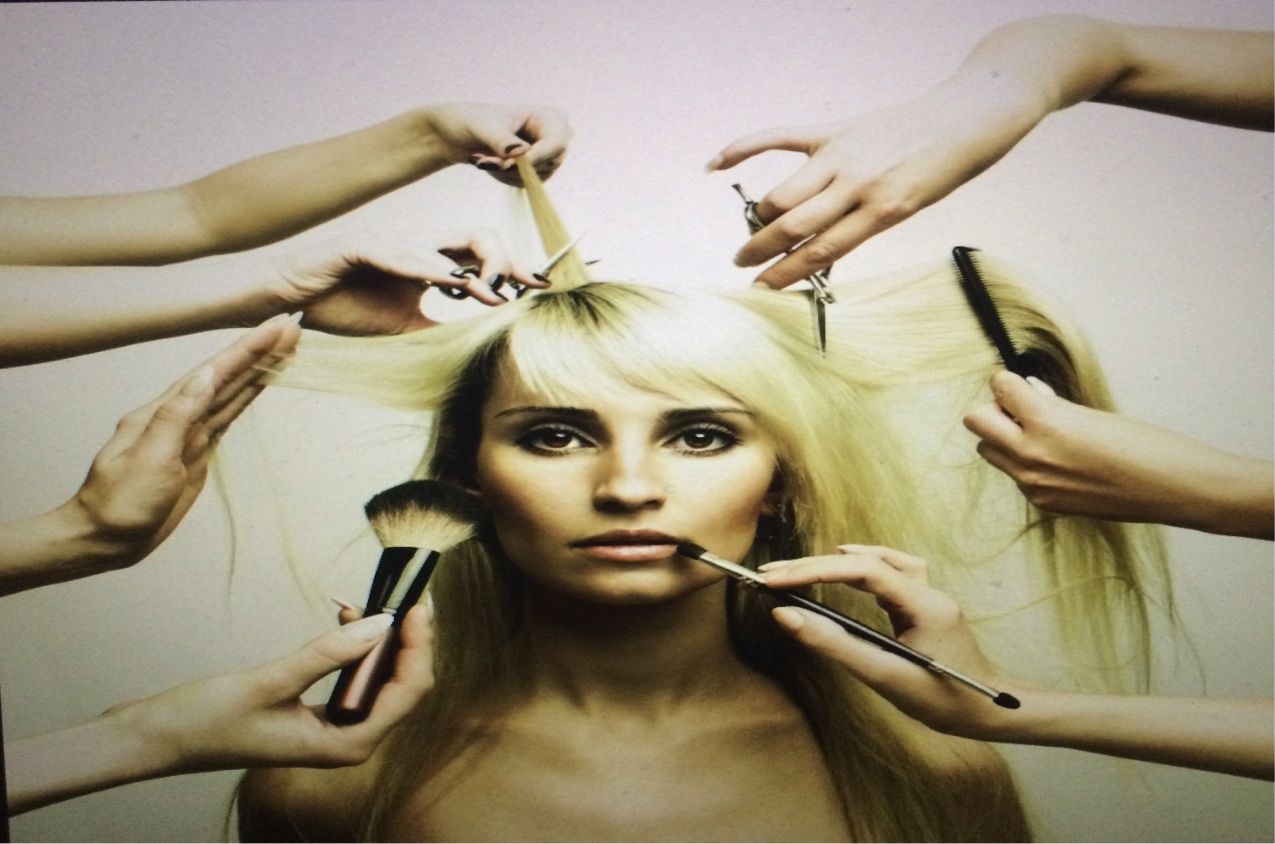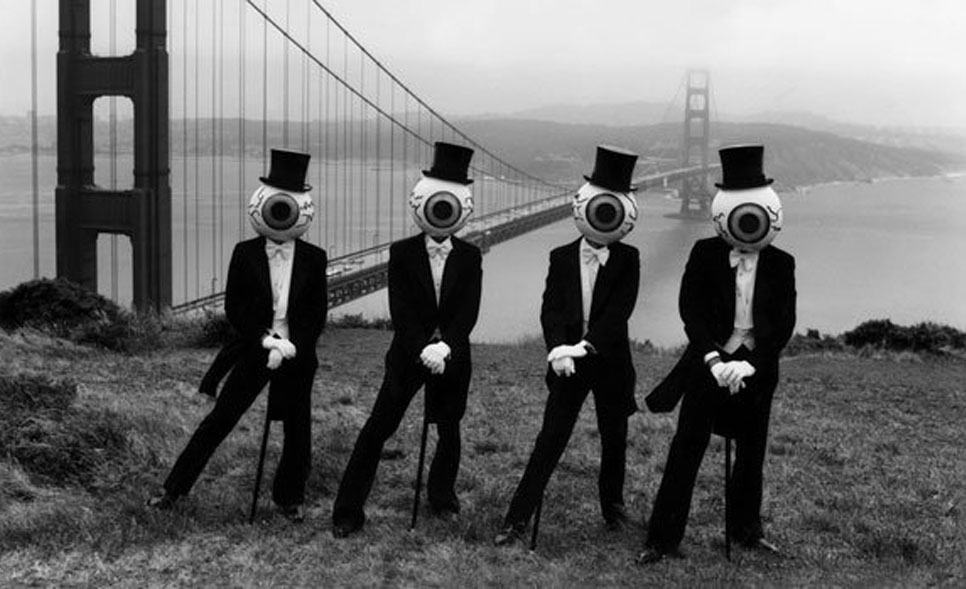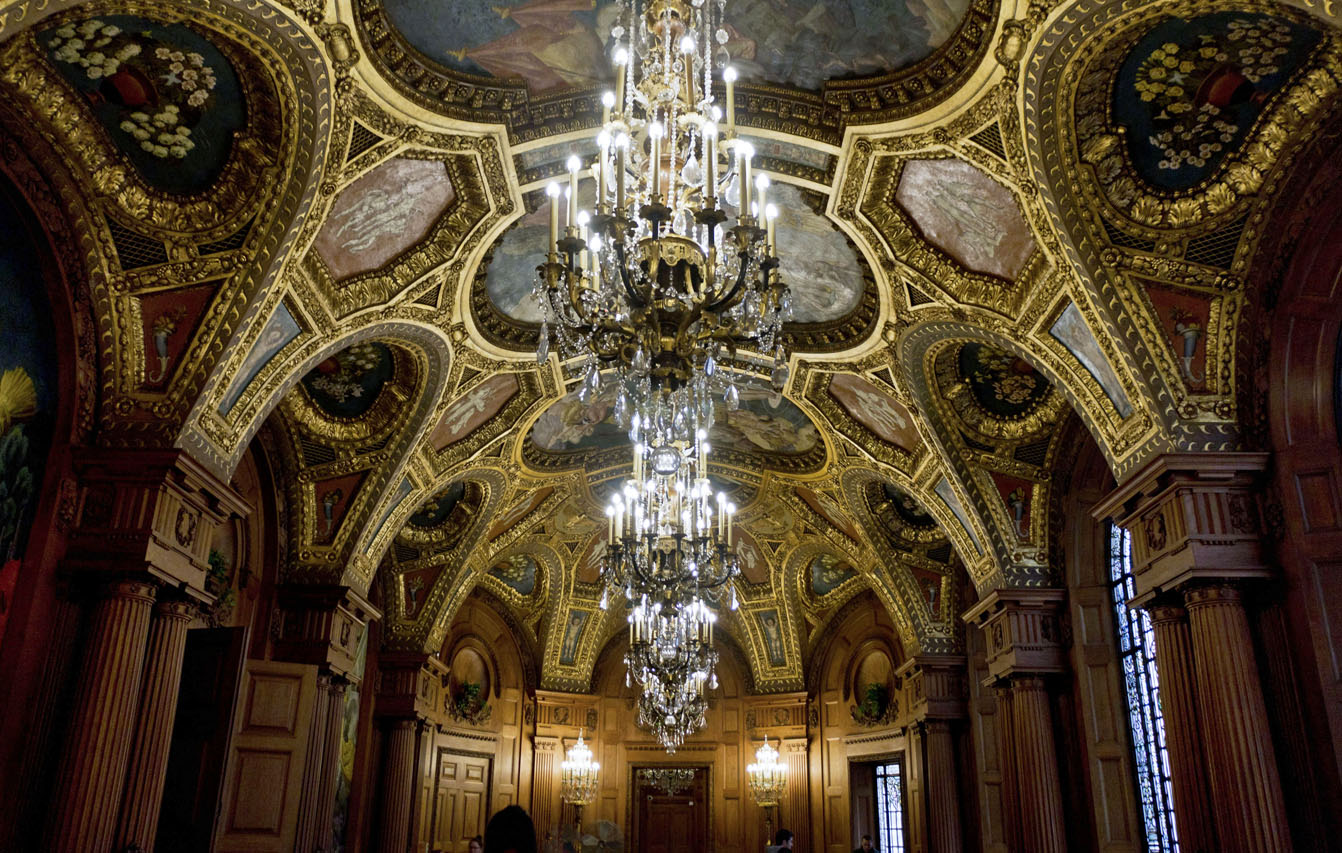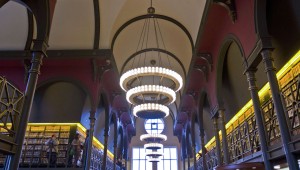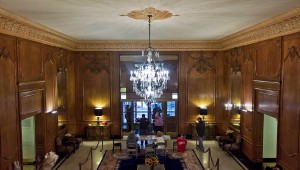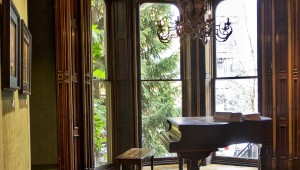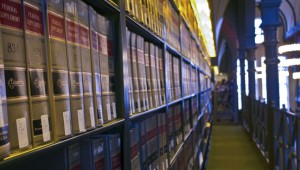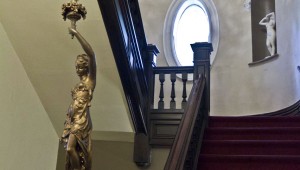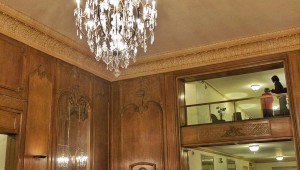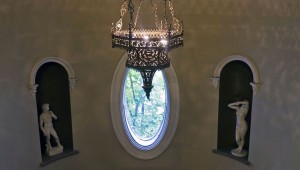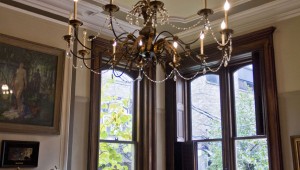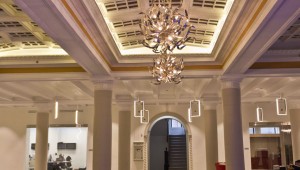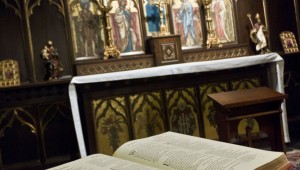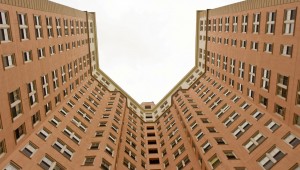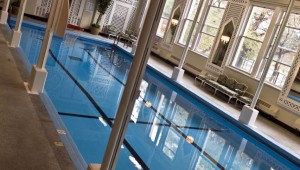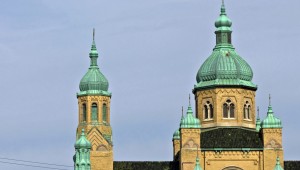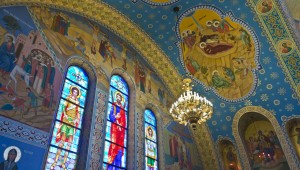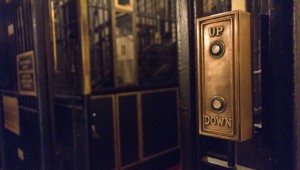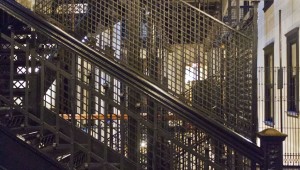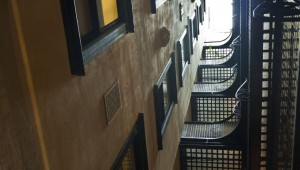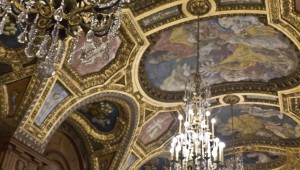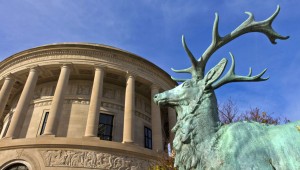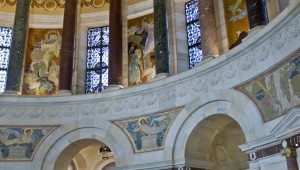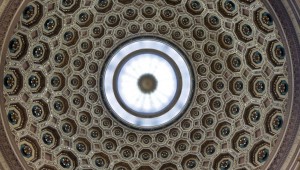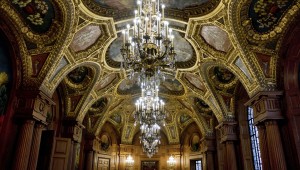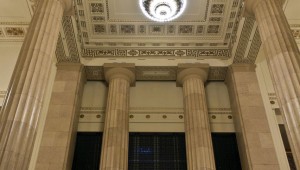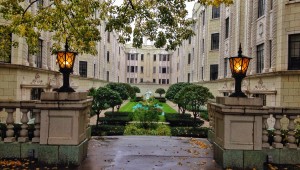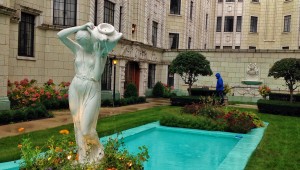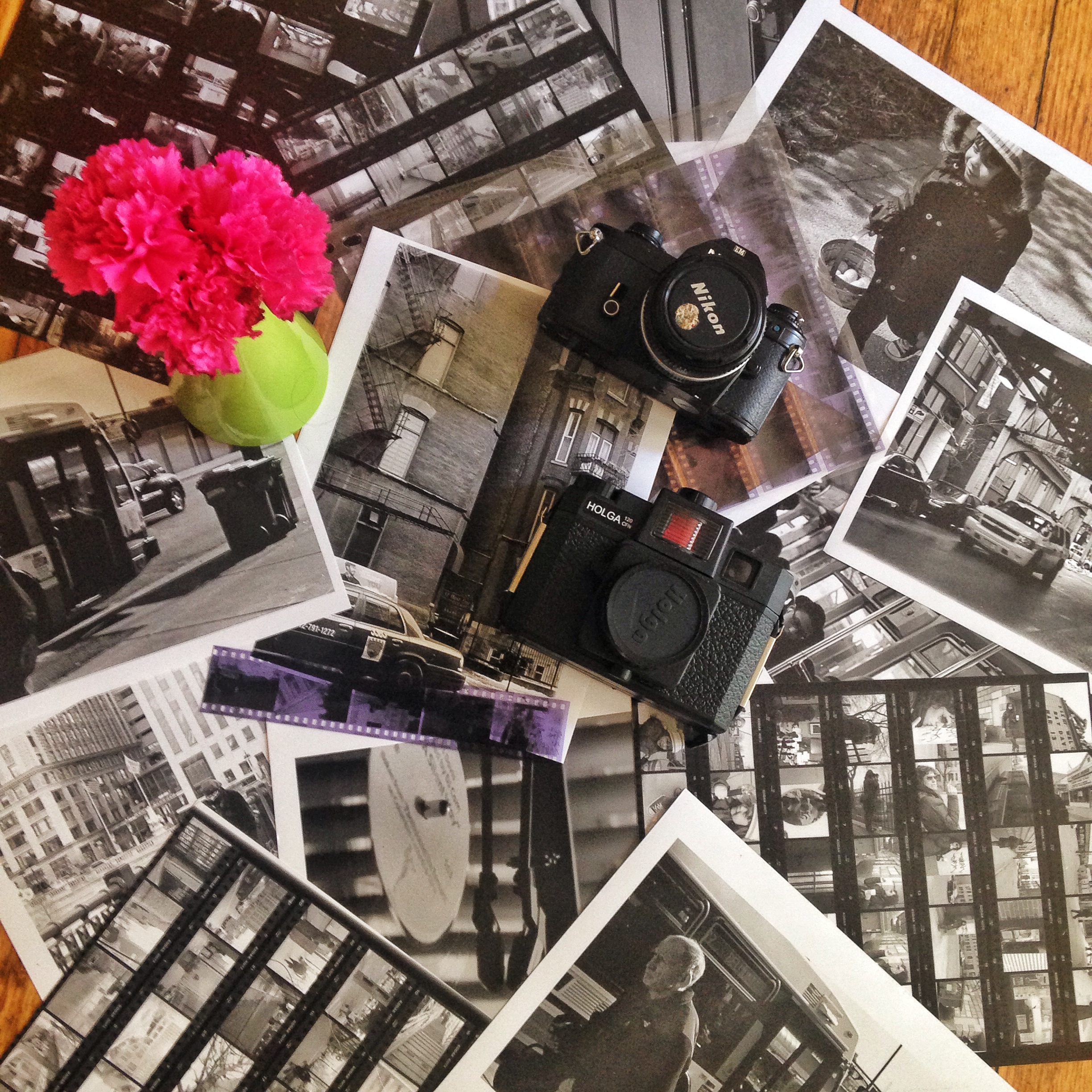Makeup: Creative or Crippling
Makeup first seemingly appeared a in Ancient Egypt, smudged around the eye in what we today would call eyeliner. But back in the early ages of BC, Egyptian women used kohl. Kohl is a substance made out of easily accessible resources at the time. Such ingredients include lead, ore, copper, burn almonds and ash, among a few others. Kohl became the first true female makeup product, used as eyeshadows and an eyeliner. Kohl is also seen as an ancient eyeliner in India during the Gupta Age from the 3rd to the 5th century A.D.
This cosmetic also became popular as an eyeshadow in Ancient Greece. Believe it or not, having a unibrow in Ancient Greece was considered to be a thing of natural beauty. Greek women during this period even went so far as to cosmetically apply fake animal hair in between their brows.
Lipstick has been existent since prehistoric times, using it as a lip taint and made from natural resources. Such material includes fruit and plant juices, and even animal blood. It it also noted that Mesopotamian women were the first true creators of lipstick. They used a method of crushing jewels to make it into bold lip stains. Lipstick gained popularly in Ancient Egypt and Ancient China. Yet, it was the Elizabethan era that lipstick gained a stronger global popularity. A strong lip was the feature that stood out the most. It contrasted the pale, powdered skin, to appear more pale, and the lack of eye makeup and eyebrows.
We then skip to the Victorian Era, where minimal to no makeup was valued in society. Women who could afford it, used face cleansers to achieve the look of clear, young, and healthy skin. Any type of rouge or blush during this period could be viewed as tacky or pertaining to low class.
[youtube id="g08-_NExOX0"]
From the beginning of makeup during the prehistoric era, cosmetics have been made to change an individual's appearance. Hunters used makeup to better camouflage themselves while tracking down prey. Others employed cosmetics to show their devotion to their gods and their beliefs. Even Ancient Egyptians used eyeliner as a statement of class and power, in both men and women. Some scientific research even suggests Egyptians may have used it as a preventative for bacterial infections. But somewhere along the way, makeup became a social pressure and an expectation for women to wear makeup.
Makeup is becoming more openly accepted for men to have the creative freedom to explore and use makeup. However, the concept around makeup can be crippling for women. Women are expected to live up to higher standards than possibly attainable. Many boys and men don’t have the social pressure put on them of in terms of wearing makeup. However, this does not mean that that isn’t a social pressure of conformity in itself for men.
One study showing men and women’s skin reveals that women having a lower pH in terms of their skin. This means that it is overly acidic and oily in nature. Such a report of genetically born females tends to be linked to female hormones, menstrual cycles, and pregnancy. The pressure for females to have “perfect” skin is a struggle and is unbearable for many women.
I remember getting ready for a party once. I was so upset with the appearance of my skin after picking at it all week. Despite trying to cover it up, I just couldn’t. I ended up staying in my bed in the dark, and watching Gilmore Girls re-runs all night. All I could think about was that I didn’t want a room full of people looking at me and thinking “ew.” Even though that is completely untrue and no one could give a single fuck about what my skin looked like. But my own psychological obsession around this concept of women needing to have perfect skin to openly co-exist was falsely stuck in my head.
While makeup can be fun to experiment with, I believe that the conceptions surrounding painting your face, so to speak, should be fun. It should not a social pressure or a fear of not looking up to other’s standards when in public. The presumption that all women have to walk around with defined brows or a sharp winged eyeliner or contouring that is “on fleek” every time they walk out of the house is ridiculous. While all of these cosmetics may enhance your beauty, it is not the foundation of your beauty. You are.
[Review] Theory of Obscurity: a film about The Residents
Theory of Obscurity: a film about The Residents
Director: Don Hardy
Rating: N/A
Release Date: April 19, 2015 (CIMM Fest)
After receiving rave reviews at SXSW this year, Theory of Obscurity: a film about The Residents came highly recommended for it's CIMM Fest (Chicago International Movie and Music Fest) screening. So who are The Residents?, this is the question that the film tries to answer, but the answer doesn't come easy. Stemming from a group of creative misfits from Shreveport, La., drawn to and discovered in the San Francisco Bay Area around 1970, they’re a band, they're filmmakers, artists, pop culture historians, they’re a permanent exhibit at MOMA, and they have managed to stay completely anonymous until now.
[youtube id="Ov5EqmOeuPY"]
Unknown to many, Theory of Obscurity does a good job digging deep into The Residents' story as director Don Hardy managed to interview many well known industry folks as testament to their history and lasting influence. There are also former collaborators (musicians and artists), most famously including Penn Jilette, sharing their personal experiences with The Residents. Interviews also include long time band affiliates, including Primus, Devo, Ween, Simpson's creator Matt Groening, and countless fans, explaining how and why this group came to be so influential to them.
Another huge part of the film is on the The Cryptic Corporation, The Residents’ management company, formed in the early 70's to oversee and manage all of their work. Founders of the Cryptic Corporation speak quite a bit about the band’s business and their own involvement. Altogether, the film is about art. It's is a quirky and often comedic form of story telling on how a collective group of people remained anonymous for 40 years, and how they came to be part pop culture history, still touring the world today.
[Through My Lens] Discovering Hidden Gems with Open House Chicago
Photos by AngieStar Photo
For one weekend every year, the Chicago Architecture Foundation opens 150 sites around the city that aren't typically open to the public. Everything from modern marvels to old cathedrals, to vintage mansions, libraries, and more are put on display for anyone to enter- for free. The annual event is titled Open House Chicago, and it highlights the deep history, diverse culture, and innovating aspects of architecture that makes the city the unique marvel that it is. Allowing the public to discover hidden gems around the city, while providing guided tours, proves to be a great success every year, and I could only see it growing.
Although it's hard to see every site in just one weekend, tons of information and maps are provided so that each person can find locations to their liking. As a local, I sought out locations that I thought may not be as popular, hidden inside neighborhoods that not many stray to see. I also sought out historical buildings that we all may see frequently from the outside, but can never see inside.
From Casa Bonita, the vintage luxury condominiums in Rogers Park, to Uptown rehabs and theaters, Edgewater's famed roaring 20's celebrity hangouts, the historical Newberry Library, Palette & Chisel Academy of Fine Arts in Gold Coast, The 1893 Brewster Building and the Elks National Memorial in Lincoln Park, old cathedrals in Ukrainian Village, to the 40th floor Luxury Library and the Federal Reserve Building in the Financial District. All had a story to tell, with secrets that reach far beyond what the eye can see. And others were shear examples of lost eras in history, full of unique architectural beauty and innovation.
Check out some of the photos along the way, and imagine all the decades of light and people they've seen. Be sure to find more here.
[Video] 175 Years of Photography
Photo by AngieStar Photo
In 1839, the world was enlightened with the invention of Photography, and today marks its 175th anniversary. In celebration, people from around the world are sharing some of their favorite photos, old and new, to honor this very beautiful and important art form. Since its discovery, photos have told stories, marked history, celebrated special occasions, and much more. Photography has become so popular in the current world of social media that millions of photos are shared everyday. From daguerreotype, film, to digital and everything in between, photography has revolutionized the way we see the world... even the universe.
For some brief history, the coining of the word "Photography" has been attributed in 1839 to Sir John Herschel based on the Greek words "phos", (genitive: ph?tós) meaning "light", and "graphê", meaning "drawing, writing", and together meaning "drawing with light". After years of experimenting in Paris, scholars Nicéphore Niépce and Louis Daguerre led the way to the invention of photography. And finally, on January 7th, 1839, this first complete practical photographic process was announced by the French government as a gift “Free to the World”. Sequentially, the first complete instructions to the process were published on August 19th, 1839. Since then, the process has spread and evolved into new forms all over the world.
To commemorate this grand day, www.worldphotoday.org/ wants help in creating a photo book titled, World Photo Day 360, compiling a collection of photography captured by photography lovers across the globe. Get involved with World Photo Day 2014 and share a small part of your world here. Also be sure to follow them on Instagram, where they share daily photos and photo challenges for all to participate.
Check out the following non-profit video dedicated to world photography day, celebrated each year on August 19th.
[vimeo id="47773073"]
"You don't take a photograph, you make it." -Ansel Adams (American photographer, 1902-1984)

